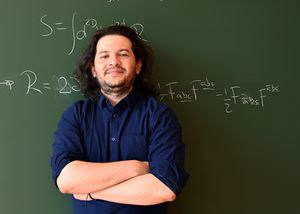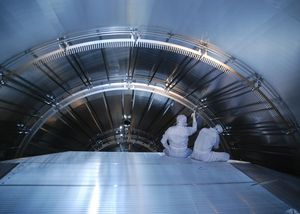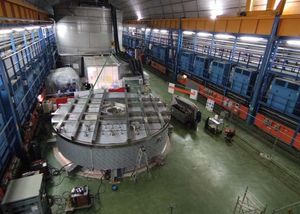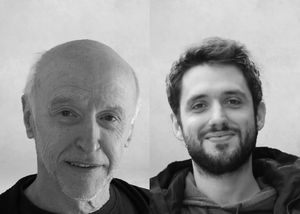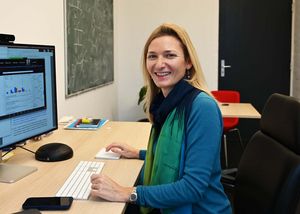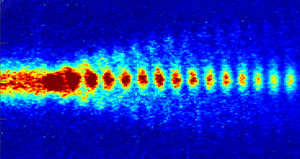
Top quark: Searching for traces at the LHC with unprecedented precision
Interview with Giulia Zanderighi

Visitors meet elementary particles – online
Saturday, June 26, 2021: Open day at the Max Planck Institute for Physics
